Fixing a Bouncy Floor
Discover how the pros recommend fixing bouncy floors.
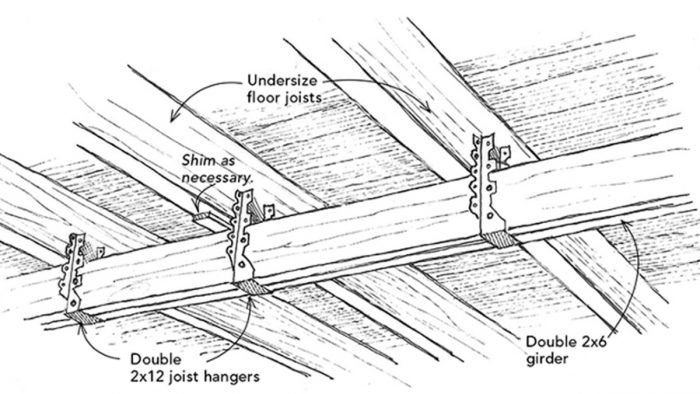
Ever walk across a living-room floor that flexed enough to make the record player skip a track? Although turntables and record players may be a thing of the past, those bouncy floors that caused the skips are still with us. Whenever one of my customers asks me to remedy this sort of situation, I install a 4×6 girder (or double 2x6s, if I’m working alone) to support the centers of the joists.
As shown in the drawing, the girder is attached to each joist by a double 2×12 joist hanger. This new girder runs the length of the floor, supported at both ends, with additional posts that are added as necessary. Joists aren’t always uniform in depth, so to make sure I’ve got solid bearing for each joist, I add shims where appropriate, such as the one illustrated in the center of the drawing.
Another way to beef up a bouncy floor is to double up each existing joist. I’ve found that this method takes a lot more lumber than the girder approach. Also, there are typically wires, pipes, ducts, and bridging in the way. The girder solution avoids all those problems.
— David R. Nicholson; Lewisburg, PA
From Fine Homebuilding #173
RELATED STORIES
Got a Tip?
Do you have any great tips like this one on how to fix a bouncy floor? Share your methods, tricks, and jigs with other readers. Tag them @FineHomebuilding on social, email them to us at tips@finehomebuilding.com, or upload them to FineHomebuilding.com/reader-tips. We’ll pay for any we publish.




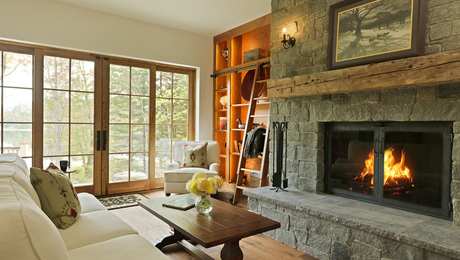
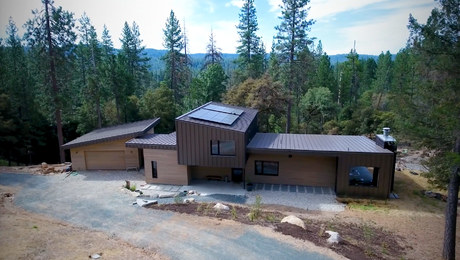


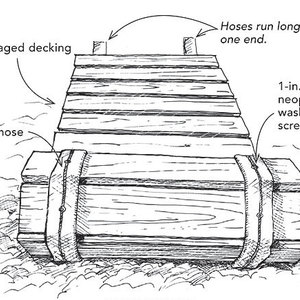
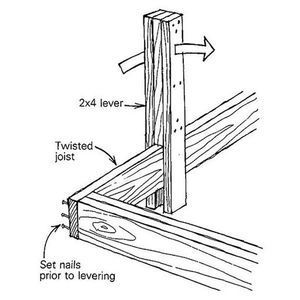



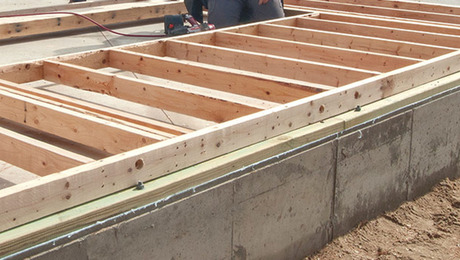
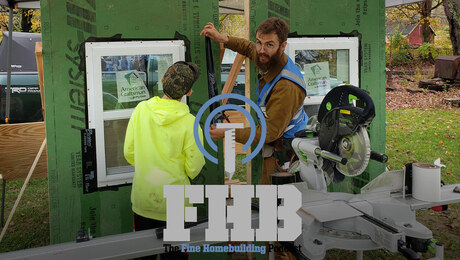

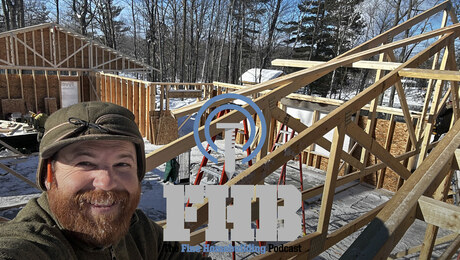
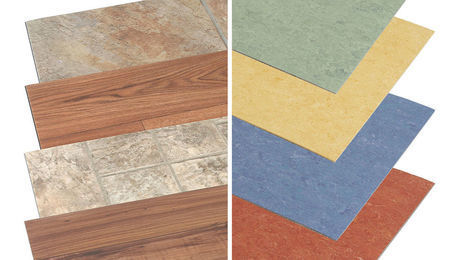
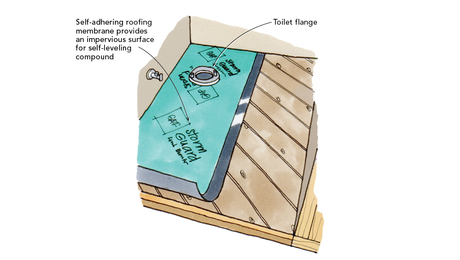
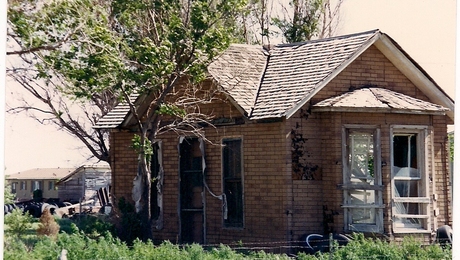




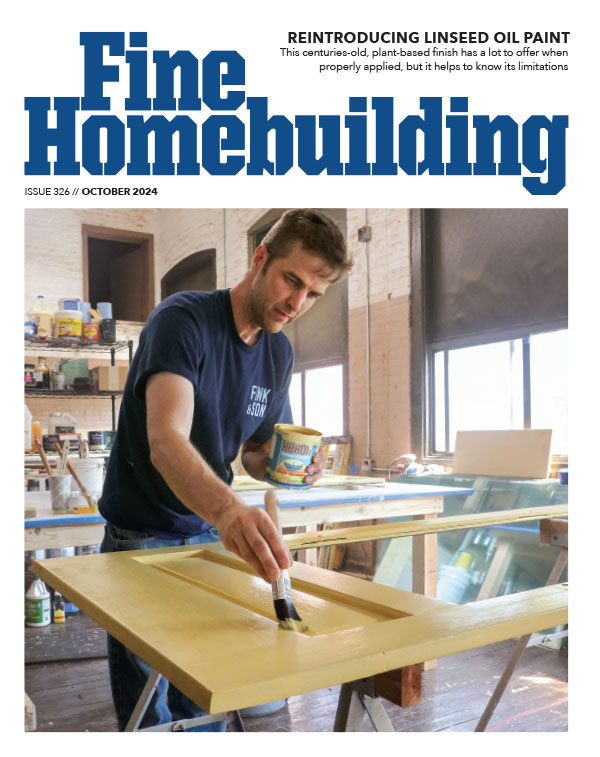





View Comments
Depending on how bouncy it is, if you screw several 1x4 across the bottom of the joists at 16 inch centers, that can stiffen them up quite a bit as well. Plus you don’t lose the headroom.